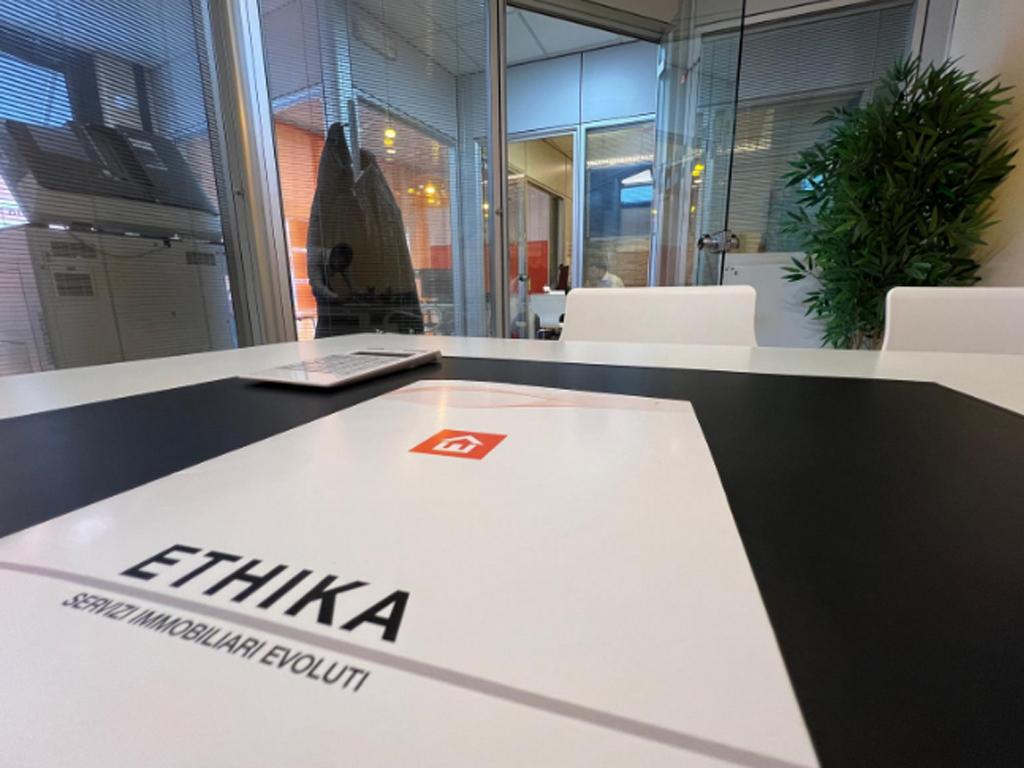

Ethika, agenzia di intermediazione immobiliare con sede in Cologna Veneta, specializzata nel guidarti attraverso ogni elemento delle tue scelte immobiliari. Da oltre 20 anni ci occupiamo di compravendite di immobili residenziali, commerciali e artigianali.
Curiamo tutti gli aspetti, ad oggi sempre più complessi, che riguardano l'acquisto e la vendita di un immobile.


La nostra missione è semplice: ascoltarti, comprendere le tue necessità e offrirti soluzioni personalizzate. Non ci limitiamo a vendere o comprare immobili: costruiamo un rapporto di fiducia per accompagnarti in ogni passo, dalla scelta dell’immobile al finanziamento, fino alla gestione delle utenze e delle assicurazioni.
I nostri valori – onestà, professionalità, rispetto e trasparenza – guidano ogni nostra azione. Crediamo che al centro del nostro lavoro non ci siano solo gli immobili, ma le persone: tu, con i tuoi sogni, le tue esigenze e le tue aspirazioni.
